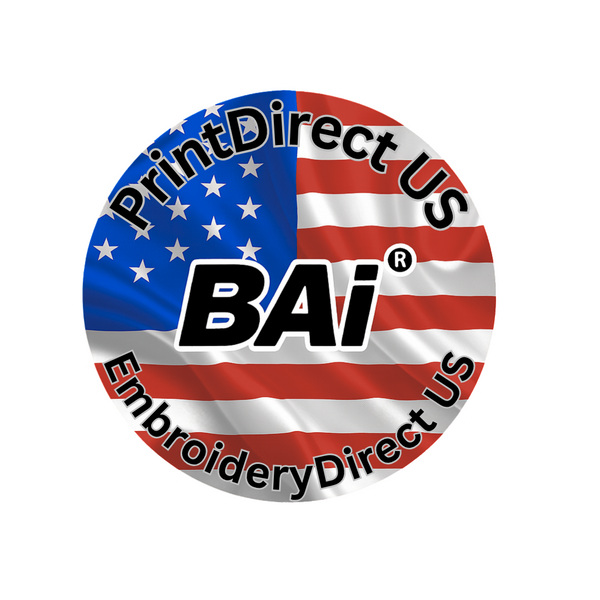
Smart Pricing Strategies to Boost Your Garment Decorating Profits
Share
If you're in the garment decorating business, whether using DTF, DTG, embroidery, or heat transfers, pricing your work accurately is essential. It's not just about covering your costs. It’s about making sure your time, effort, and creativity are actually profitable.
Let’s break down a few proven methods to help you calculate your pricing the smart way, so you're not just busy, you're making money.
1. Cost-Plus Pricing: The Classic Approach
This is the most straightforward method:
(Cost of Goods + Overhead + Labor) + Markup = Final Price
✅ What to include:
-
Blank garment cost
-
Consumables (ink, thread, film, pretreat, etc.)
-
Machine cost per item (depreciation & maintenance)
-
Labor (your time or employee time)
-
Overhead (rent, electricity, admin, software)
-
Markup (typically 30%–100%+ depending on market)
🔎 Example:
Item Cos tBlank shirt$3.00Ink/thread$1.00Labor (10 mins @ $18/hr)$3.00 Overhead allocation $1.50Subtotal $8.50Markup (100%) $8.50 Final Price $17.00
2. Market-Based Pricing: Know What Others Charge
Sometimes it's less about your costs and more about what the market is willing to pay.
Steps:
- Research local and online competitors.
- Look at Etsy, Printify, Amazon, and custom t-shirt shops.
- Find the average price range and align yourself accordingly.
Tip:
If your pricing is higher, emphasize quality, speed, or customization.
If you're lower, highlight value or bulk discounts.
3. Value-Based Pricing: Charge for What It’s Worth
This is especially useful if you're doing high-end designs, personalized work, or fast turnarounds.
Ask:
- What is the perceived value to the customer?
- Is this for a wedding, business, or event where quality matters more than cost?
- Are they paying for speed, service, or style?
Value Pricing Example:
- Cost to make: $8.50
- Perceived value (wedding shirts, custom branding, etc.): $30–$40
- Price you charge: $30
- Profit: $21.50
You’re being paid for your skill, not just your materials.
4. Tiered Pricing: Sell More, Make More
Bulk pricing encourages bigger orders while protecting your margins.
Quantity Price / Shirt Profit Margin 1–5$20 High 6–20 $16 Medium 21–50$13 Lower, but steady
This makes it attractive for businesses or events to order more at a better per-unit rate, and fills your machine schedule.
5. Time-Based Pricing: Know Your Hourly Rate
If you’re a solo operator, calculate how much money you need to make per hour.
Example:
- Goal: $60/hour
- If a shirt takes 15 minutes total:
- You must make $15 per shirt minimum in profit
Factor in setup, cleanup, packaging, and communication time.
Bonus Tip: Use a Pricing Calculator
There are tools out there or even Excel templates you can customize to keep track of:
- Costs
- Time per job
- Pricing tiers
- Bulk discounts
Need help building one? We’ll be glad to share a free pricing calculator, just send us a message!
Final Thoughts
Your creativity is valuable. Your time is valuable. Your business should be profitable.
There’s no one-size-fits-all pricing model. Use a mix of these methods to land on prices that make sense for you and your customers.
And remember, if you’re not pricing for profit, you’re just working for free.
👉 Ready to price smarter?
Follow us for more garment decorating tips, tools, and business hacks.
